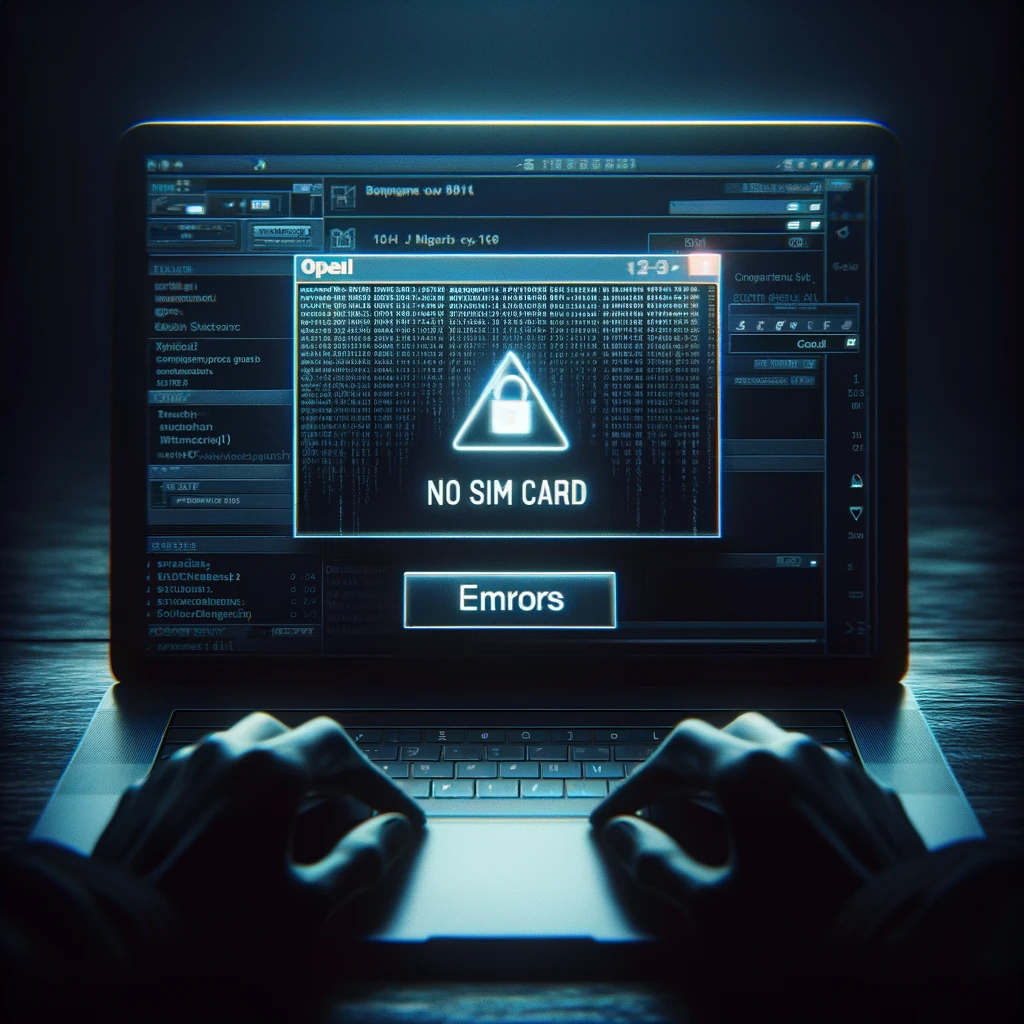
In January 2024, the cybersecurity world was abuzz with reports of a peculiar computer virus incident that began circulating right after the New Year celebrations. What set this virus apart was not just its timing but the deeply personal vector it used for its propagation—an email from an “estranged father.” The subject line of the email, “How was your holiday?” seemed benign, almost touching, especially considering the strained relationships implied by the sender’s description. Yet, this seemingly innocuous query was the bait for a trap.
Recipients who clicked open the email were met with an unsettling sight: a completely black screen. There was no text in the body, no sender’s address, and even the subject line seemed to vanish, leaving the recipients staring into a digital abyss. This stark absence of content was disorienting and menacing in its own unique way, creating a sense of vulnerability among the users who expected a personal message or some form of reconciliation.
The mystery deepened with the display of an error message that was as confusing as it was alarming: “No SIM Card.” This message, typically associated with mobile devices, was out of place and nonsensical in the context of an email viewed on a computer. It suggested a disconnection or a loss, resonating metaphorically with the estrangement theme of the sender. The incongruity of the error message hinted at a deeper level of tampering, suggesting that the virus might have been capable of affecting more than just the email application.
The emotional backdrop of receiving a message from an estranged father only to find a void intensified the psychological impact of the virus. It played on human emotions and relationships, a tactic that was both sophisticated and malevolent, indicating a new evolution in the approach of cyber threats. The virus wasn’t just a piece of malicious software; it was a psychological weapon, leveraging personal histories and emotions to unsettle its victims.
Cybersecurity experts scrambled to understand the mechanics of the virus. How did it erase or hide the email’s content? What was the significance of the “No SIM Card” message? Was it a clue to the virus’s origin or purpose, or merely a red herring to confuse the analysis? The virus seemed to be more than just a tool for data theft or system disruption; it appeared to be an experiment in psychological manipulation through digital means.
As the investigation continued, the virus sparked a broader discussion about the nature of cyber threats and the potential for psychological tactics in digital warfare. The blending of personal deception with technical sabotage marked a chilling evolution in cyber threats, emphasizing the need for advanced defenses not just in technology but also in understanding the human elements at play in cybersecurity.
The incident served as a stark reminder of the ever-evolving landscape of cyber threats, where the lines between technology and psychology blur, creating new challenges for individuals and cybersecurity professionals alike. In a world increasingly dependent on digital communication, the incident underscored the vulnerability of personal connections to digital manipulation, highlighting an urgent need for greater awareness and more robust defenses in the cyber domain.